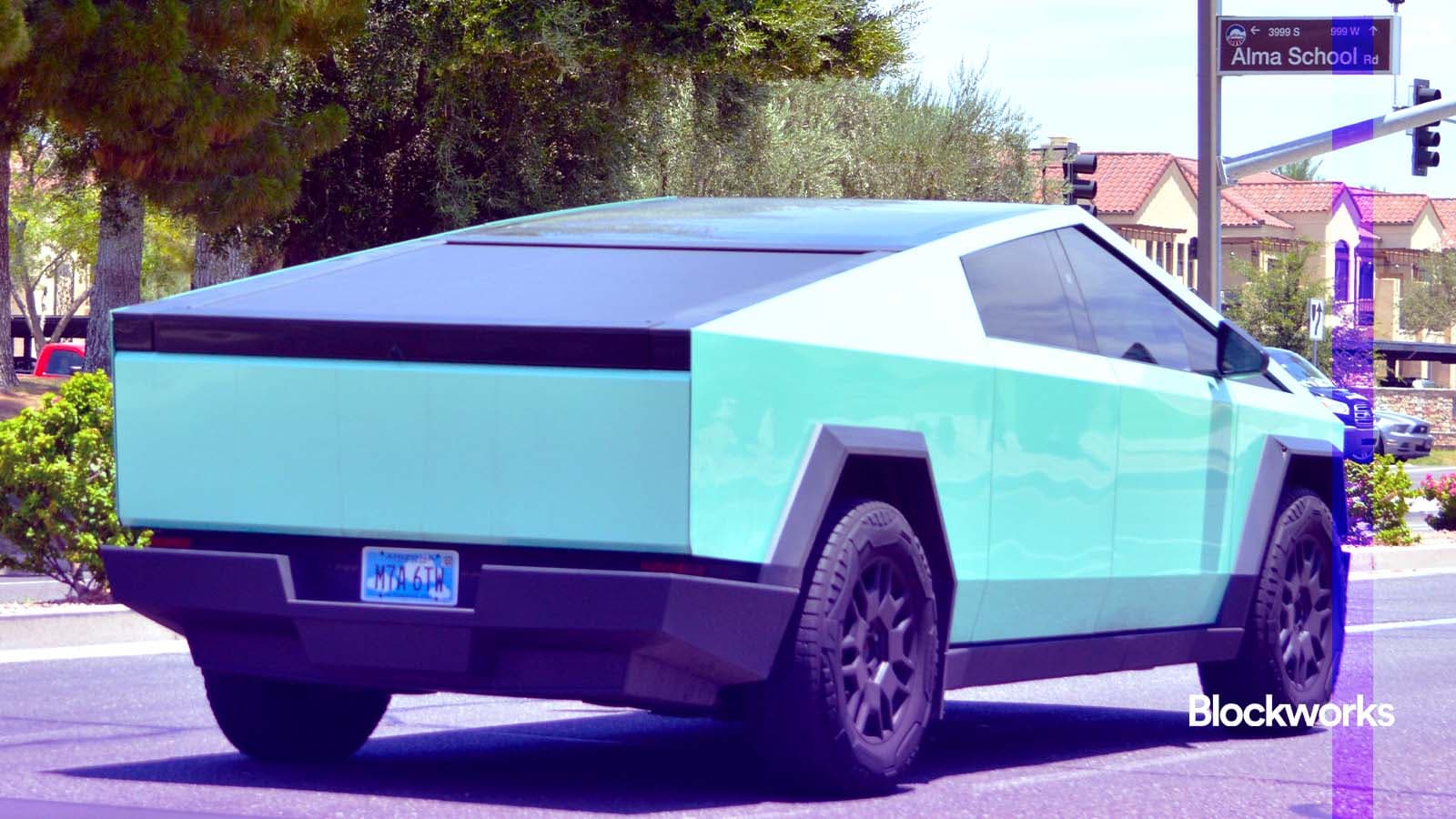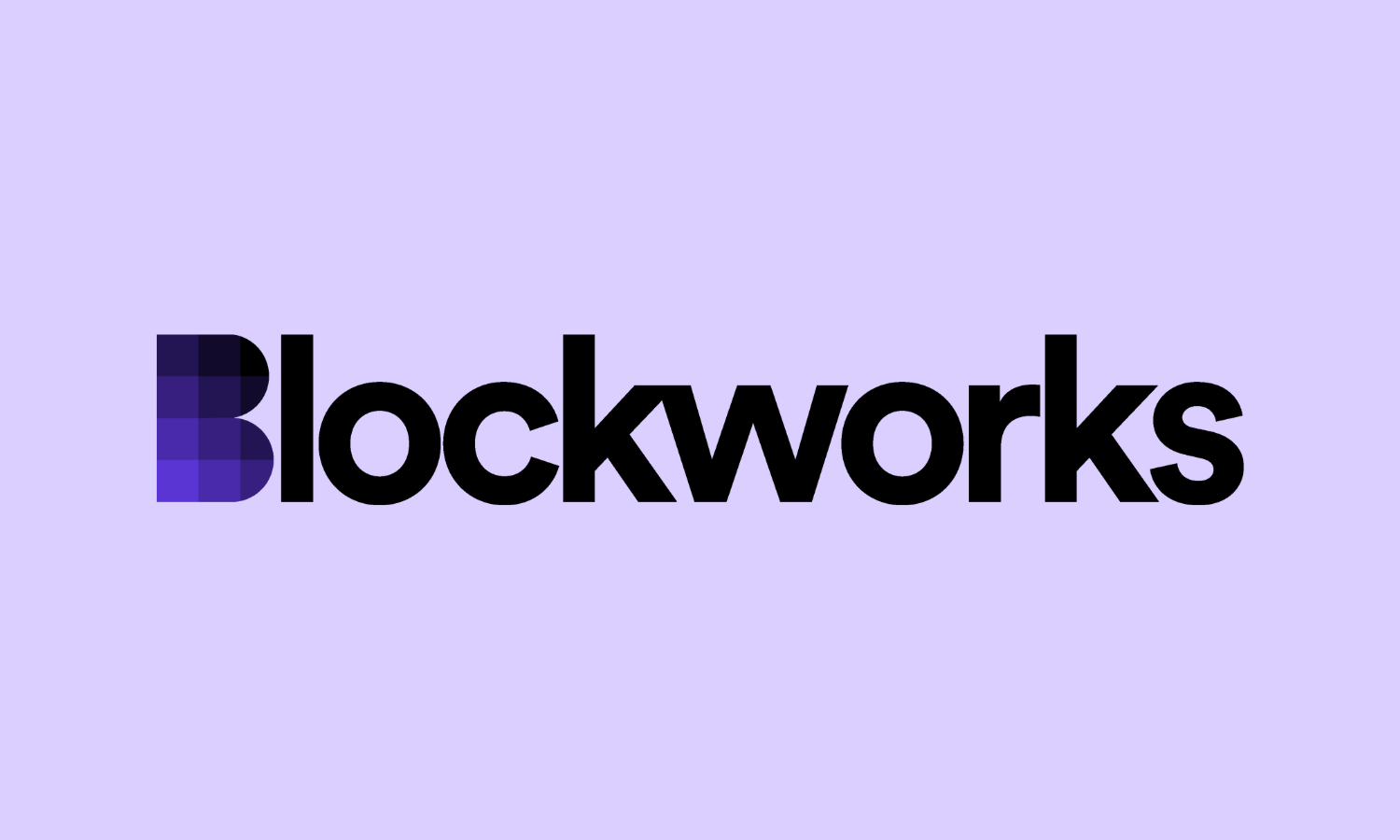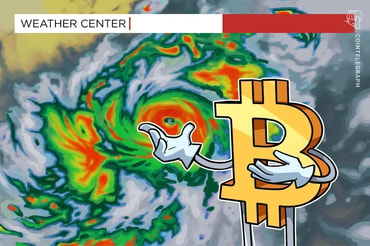Turning Tesla cameras into data engines

This is a segment from the 0xResearch newsletter. To read full editions, subscribe.Modern cars are advanced computers on wheels, equipped with cameras that capture a 360° view of their surroundings. These systems play a vital role in navigation, safety and autonomous driving. Yet, their full potential is often untapped.NATIX Network, a decentralized physical infrastructure network (DePIN) for collecting real-time geospatial data, is out with a new gadget that transforms a Tesla’s existing camera system into a 360° dashcam that pays you for collected data.The device, called VX360, aims to improve autonomous vehicles’ safety and introduce a variety of potential applications such as real-time mapping, property appraisal, insurance assessments and whatever else the market dreams up.Unlike synthetic simulation data, VX360 captures unpredictable real-world driving scenarios, often referred to as “edge cases,” such as sudden weather changes or unusual traffic patterns. Such data will help train autonomous vehicle AI.NewsletterSubscribe to Blockworks DailyBy leveraging the DePIN model, NATIX hopes to incentivize Tesla drivers to share real-world footage while ensuring robust privacy and data control measures.VX360 taps into each Tesla’s built-in cameras, using edge computing to process and anonymize footage at the source, according to CEO Alireza Ghods.“The anonymization AI blurs personally identifiable information like faces and license plates but doesn’t alter the footage, so it retains its integrity,” Ghods told Blockworks. This ensures compliance with stringent privacy regulations. The footage is then uploaded directly to the cloud via Tesla’s built-in connectivity or a paired mobile device.“We’ve been refining anonymization AI since 2020, well before our pivot to NATIX Network, and open-source AI advancements have helped us build a high-performance stack for this,” Ghods said.NATIX rewards Tesla drivers for sharing footage through NATIX tokens, or for the non-Web3 crowd, incentives like gift cards and electronics discounts.The trip recordings remain available for the car’s owner to serve as a navigational reference or to aid insurance claims.Ghods emphasizes the device’s passive nature, predicting the hardware should pay for itself within about nine months. So, the switch from a strictly smartphone app-based model makes sense. For owners, “even if the rewards fluctuate,” he said, “they still get the utility of accessing and managing their footage from anywhere and anytime.” The network has a token buyback-and-burn system that uses 40% of revenue from data monetization. Since the token’s July 2024 launch, over 41.6 million tokens — from the 1 billion total — have been burned, Ghods said.The network has been targeting select cities initially, and NATIX plans to expand coverage as well as car compatibility in the future. So far, the VX360 has been tested with two additional car brands, Ghods said.“Our view on this is that car manufacturers are going away from building cars that are siloed, toward cars that can serve as platforms for others to build on,” he said. “The ‘iPhone moment’ of cars is happening now with Tesla and Google at the forefront of it.”Start your day with top crypto insights from David Canellis and Katherine Ross. Subscribe to the Empire newsletter.Explore the growing intersection between crypto, macroeconomics, policy and finance with Ben Strack, Casey Wagner and Felix Jauvin. Subscribe to the Forward Guidance newsletter.Get alpha directly in your inbox with the 0xResearch newsletter — market highlights, charts, degen trade ideas, governance updates, and more.

Published on Other News Site



















